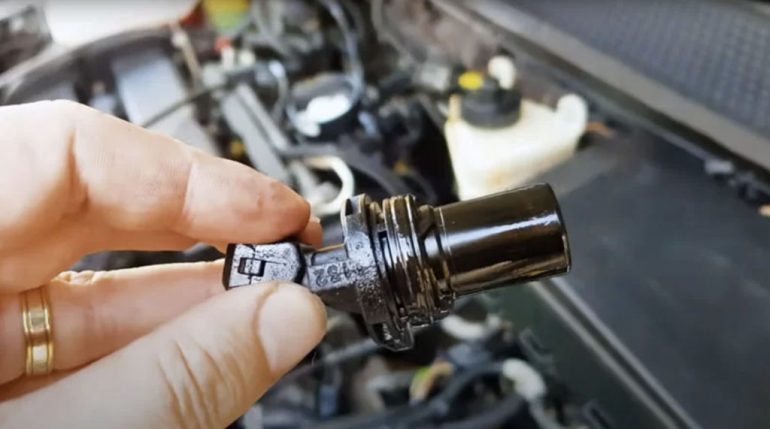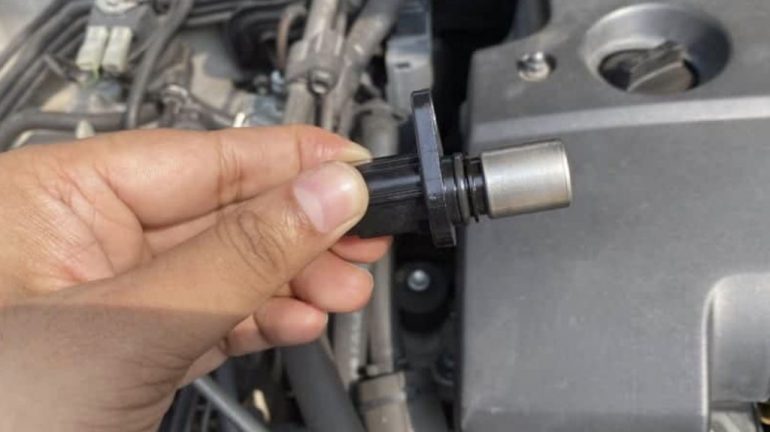
The Mazda Miata was an instant success not only because it was extremely fun to drive but also because it was far ahead of its time. The late 1980s were the transitional period between the older mechanical engine and vehicle management systems and more sophisticated systems relying on dozens of sensors and powerful processing power in ECUs and PCMs that we’ve all become accustomed to today.
But for 1989 to already have things like oxygen, cam and crankshaft position, and throttle sensors paired with the crisp power delivery enabled by a humming ECU was like a visit from the automotive future. And this is a car anybody could buy.
Also, don’t forget that you can get discounted new car pricing with a free quote through qualified local dealer partners.
Sensors work together to provide a slew of information that the ECU uses to adjust things like ignition timing and fueling. This allows linear power delivery and maximum efficiency.
Not only does the engine reach its full potential, but it also uses less fuel in the process while preventing issues such as misfires, stalling, and hesitation when accelerating. Here, an MX-5 cam angle sensor works with a related crank position sensor for the sweet purring of both the 1.6 and 1.8-litre engines they were first seen in and the more refined systems powered by the bigger 2-litre powerplant.
The Miata was also among the first affordable cars to have ABS brakes all around, with braking performance monitored by ABS sensors. Mazda not only focused its efforts on performance but also threw in spades of safety and convenience novelties rarely seen at the time. This and a host of other innovations drew in millions of customers and made the car the best-selling two-seater ever.

Camshaft position sensors do exactly as stated on the box: they monitor the position of the camshaft and its rotating speed and relay this data to the ECU. This then calculates how much fuel is needed for combustion and alters the timing frequency of the spark plugs. The aim is to get maximum efficiency by getting air and fuel mixtures spot on, as well as calibrating the cam and crankshaft to work in sync.
In the Miata, the sensor is located on the upper side of the engine, on the front of the right camshaft. Here it has a good view of the inlet and exhaust valves and monitors when the valves are in the open position (coinciding with the pistons being in the top dead centre in the compression stroke).
There’s a bit more science to the whole process. There are two types of cam position sensors used in the Miata – magnetic and Hall-effect. The first produces its own AC signal and is recognisable by its two wires. The second has three wires and works according to the Hall-effect principle, by scanning a ring gear on the camshaft.
When the ring gear rotates, it creates a magnetic field and changes the voltage inside the sensor. It is this voltage increase that is interpreted by the ECU, which knows exactly which cylinder is in the power stroke, and how much pressure is needed in the injectors to coincide with a correctly-timed spark for efficient combustion.
The information sent from the MX-5 cam angle sensor is also weighed against data from other systems. To ensure precise timing and fuelling, sensors lining the crankshaft (or flywheel) also play a vital role since the crankshaft turns twice for each rotation in the camshaft. Smooth operation and clean combustion are additionally overseen by the knock sensor in the engine block.
Sensors can be hard to diagnose on their own unless the car is connected to a code scanner to pinpoint the exact location and nature of any potential issues. When cam position sensors go faulty, these are the telltale signs:
Other problems include smells of unburnt fuel, and while Miatas are best enjoyed with a manual transmission, auto cars have been known to skip gears or not shift at all.

Before buying a new or reconditioned cam position sensor from a certified Mazda parts reseller, assess what’s wrong with the unit. This could be due to overheating issues in the engine causing problems with the connection or wiring, physical damage, or corrosion. Check the connection lines for short circuiting and the signal voltage the sensor puts out. A diagnostic oscilloscope presenting a square sine wave means the sensor is in working order.
New sensors are easy to come by, as Mazda restarted making parts for NA and NB Miatas a few years ago. These are generally affordable. Or you can visit an MX-5 parts specialist, where you’ll also find general replacement and upgrade parts, including crank position and oxygen sensors.
To conclude, if you do notice the car acting up and losing power, have the issue checked as soon as possible. Camshaft position sensors have a vital role in how your Miata performs, but a failed unit can lead to more costly headaches down the road.